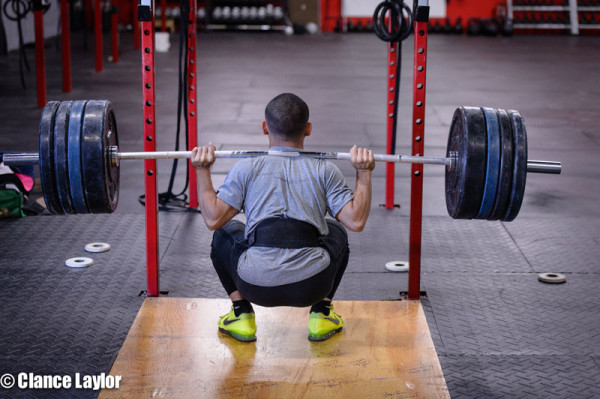
As a strength and conditioning coach, it’s my responsibility to ensure that my athletes are training safely. One of the first and most important lessons each person learns when they train with me is the need to lift through the full range of motion (ROM).
Exercising through each joint’s full range of motion makes the whole length of the muscle stronger, it will improve flexibility, recruit more motor units, and decrease the risk of injury.
It frustrates me to no end when I see my favourite athletes get avoidable injuries. Especially when I know that improper training contributed to their misfortune.
Torn muscles, shoulder impingement, injuries due to overuse and even ligament tears can often be avoided with proper and diligent training. By that, I mean training through each limb’s full ROM and maintaining good posture.
Our muscles are stupid. Plain and simple.
They will do what they are trained to do and they aren’t capable of communicating with us that we are doing something wrong until it’s too late. If we train our biceps curls through 75 percent of their ROM (by going three-quarters of the way down), we are training our biceps to be strong from full flexion to 75 percent of extension.
The same basic idea can be applied to any lift we do: squats to 90 degrees, bench presses where the dumbbell doesn’t get to our anterior delts, chin-ups that don’t go to a full hang.
All of these exercises will train the muscles to be stronger in the ranges that we work them, without giving them a chance to get stronger in the untrained range.
The result: we need to perform an explosive movement during a game or practice and BOOM! We pop a ligament; we tear a muscle; we get taken out of the game.
How does that work?
In our muscles, we have “motor units” that link our nervous system to our musculoskeletal system. Our brain sends a signal to our muscle fibers by way of the motor units and that causes a chain reaction resulting in contraction of the muscles and movement.
Each muscle has hundreds (some have thousands) of motor units that can be activated, and they are spread throughout each individual muscle in order to recruit as many muscle fibers as possible.
If we are training through MOST of our ROM, then you can imagine we are only recruiting MOST of our motor units.
Unfortunately, it only takes some of our motor units to be inactive to cause a portion of our muscles to fire at a suboptimal rate.
Remember the old cliché “a chain is only as strong as its weakest link”?
When you’re imagining this system of motor units: if there’s too much stress on a muscle, it won’t tear at the strongest, most trained, activated group of fibers. It’s going to tear at the weakest, least activated, most vulnerable portion of the muscle. And that’s often the area that we don’t train.
That’s the last 25 percent of our biceps curl, the squat below 90 degrees that we never do, the fully extended bench press and chin up that we neglect.
Those fibers and motor units won’t be able to handle the same loads and forces that your sport demands.
If you stiff arm a cornerback and your bicep isn’t strong enough, get hip-checked into the boards and your quadriceps can’t handle it or get blocked going for a dunk and your shoulders and back are too weak, could all be nonexistent situations for those who train full ROM.
Think about how much time and pain you could have saved just by lowering the weight for a week or two and training through full ROM.
Aim for long, lean muscles that are strong and thick.
Train the WHOLE muscle and you will be the force that your opponents fear.
Stay strong.
About the Author: Clance Laylor
Related Articles


